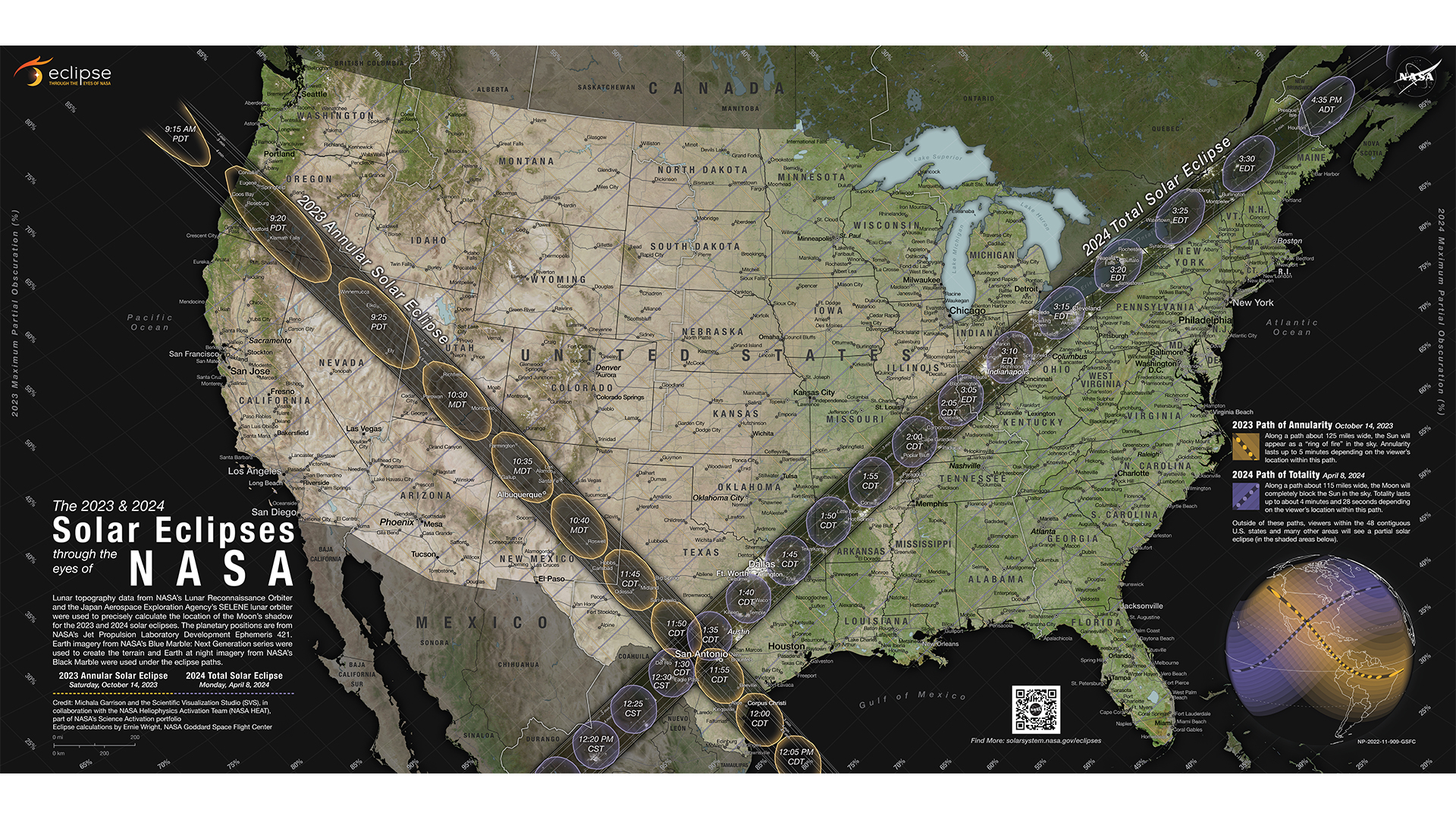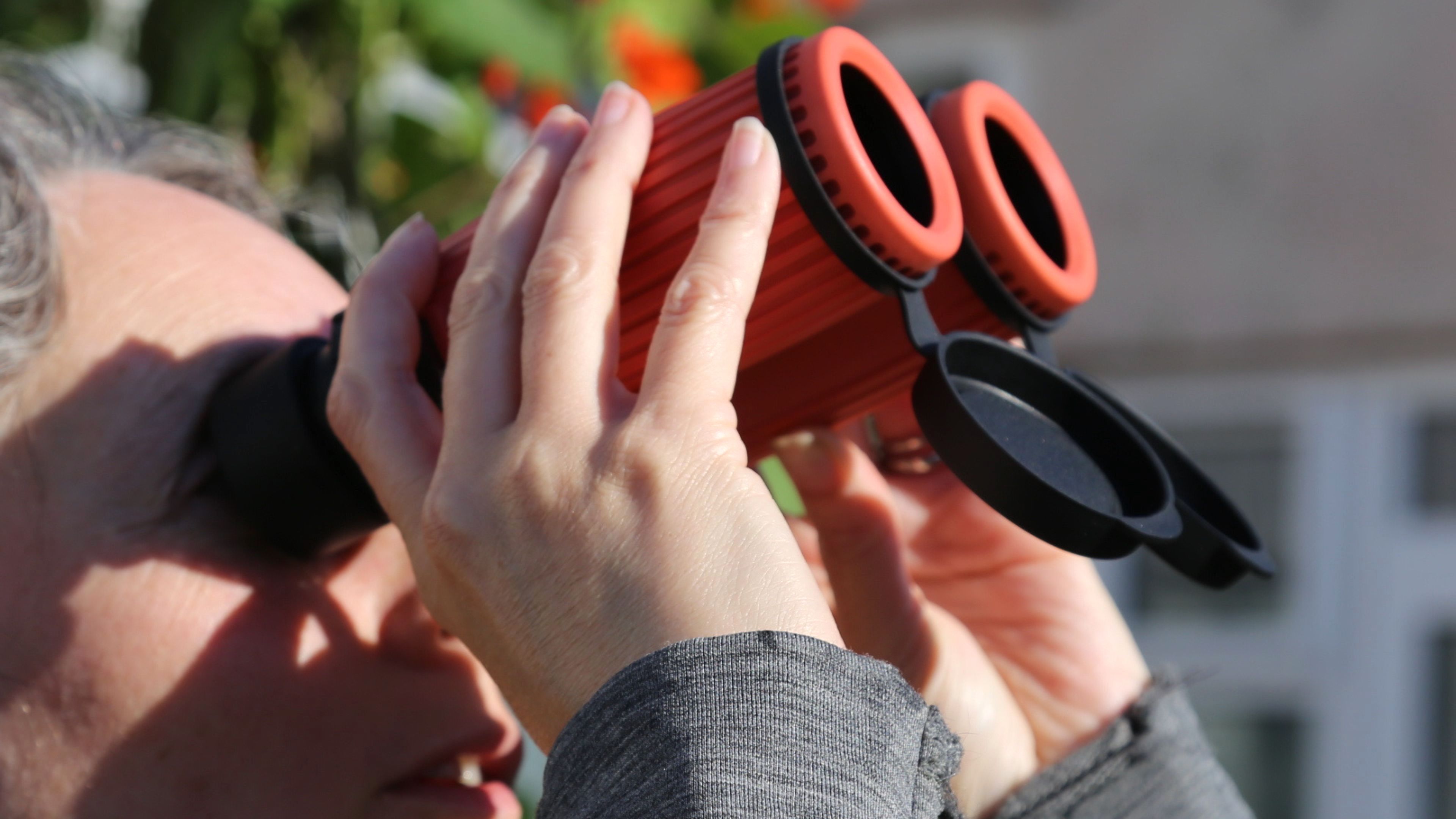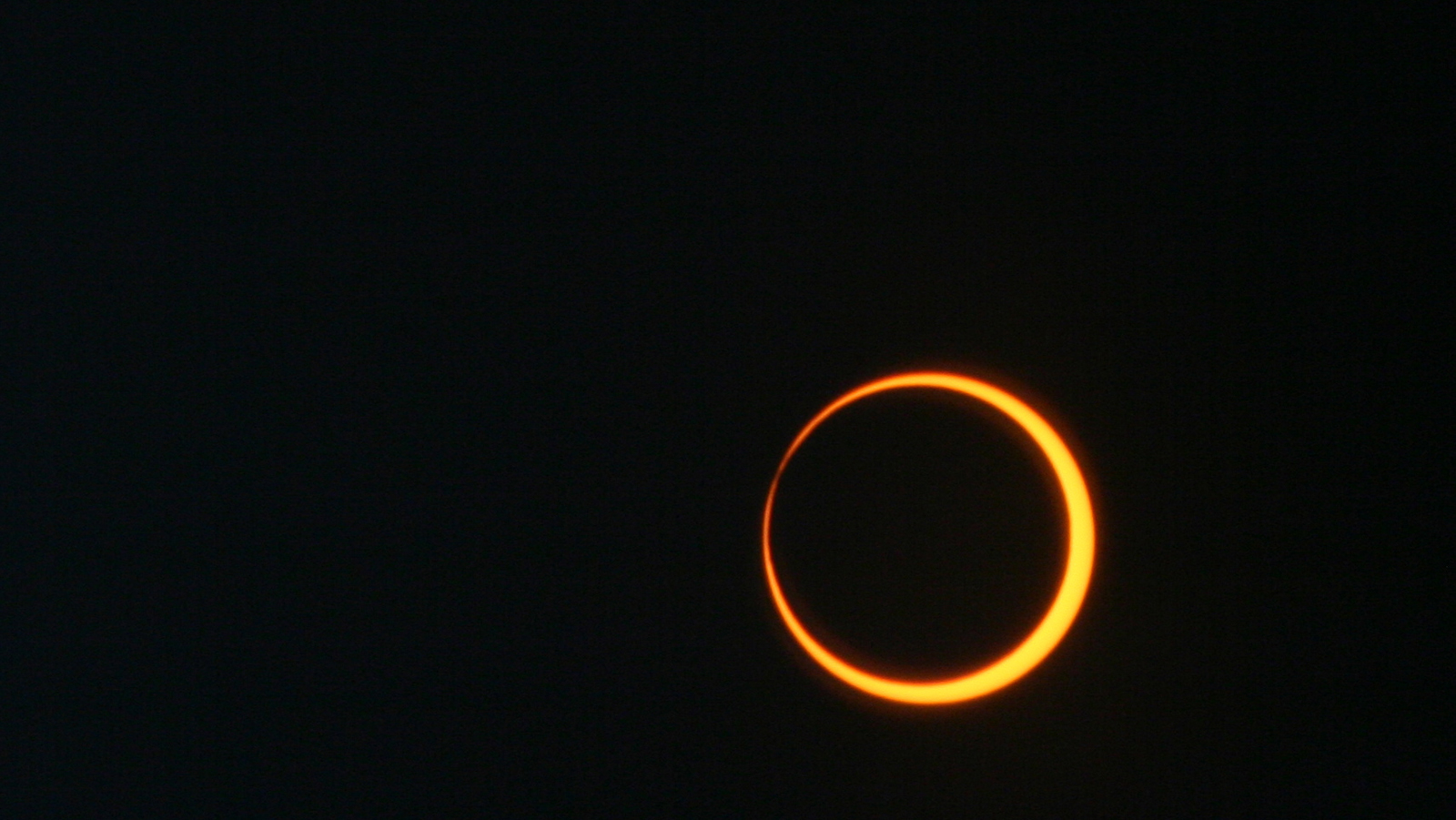

Are you ready for two ‘Great American Eclipses’? On October 14, 2023 a ‘ring of fire’ solar eclipse will be visible from eight states in the US southwest. Just six years, seven months and 18 days later a much more dramatic total solar eclipse cause a four-minute darkness in the day through Mexico, 14 US states and Atlantic Canada.
We get an eclipse when a New Moon gets directly between the Earth and the Sun, something that happens twice per year. “Most people think an eclipse is a rare event, but it's really not on a global scale,” says Angela Speck, Co-Chair of the American Astronomical Society’s Solar Eclipse Task Force for the 2023 annular and 2024 solar eclipses. “But it is very rare with the average time between eclipses in any a given location 375 years.”
First comes the ‘ring of fire’, which is also known as an annular solar eclipse. It’s caused by a New Moon that looks smaller than usual, so doesn’t cover the entire disk of the Sun. Onlookers will see a ring of light around the Moon for around 4 minutes.
Second comes the big one – totality. During a total solar eclipse the New Moon is closer to Earth so looks bigger and covers all of the Sun. For just up to four minutes from a narrow path across North America, everything will go dark and onlookers will get to see the Sun’s spectacular white corona with their naked eyes. “You’ll see the corona, pink prominences and flares on the surface of the sun,” said Speck. “You'll also see planets and bright stars because it will get as dark as a full moon night.”
Here’s everything you need to know about making the most of the rare alignments coming to North America.
How to watch the solar eclipse
1. Plan ahead
Eclipse-chasers are obsessed with these events and plan years ahead. Now mainstream media is beginning to promote them, hotels and plane tickets are selling quickly. Book a flight, rental car and hotel and campground as soon as you can – but first, make sure you understand how to interpret eclipse maps.
2. Understand eclipse maps

There are useful interactive Google maps as well as stacks of incredible eclipse maps at the Great American Eclipse website (both external links). But what do they mean? The path for each eclipse is the shadow of the moon. If you stand outside that path, all you will see is a partial eclipse, which is common and not particularly interesting. Only inside the paths will you see what you wanted to: a ‘ring of fire’ on October 14, 2023, or a totally eclipsed sun on April 8, 2024. There is no such thing as a ’99% ‘ring of fire’ or ’99% totality’ – you either see them or you don’t.
Sign up to the T3 newsletter for smarter living straight to your inbox
Get all the latest news, reviews, deals and buying guides on gorgeous tech, home and active products from the T3 experts
3. Get to the centreline
Although anywhere in the path of an eclipse is fine, the closer you are to the centreline of that path, the longer the eclipse will last. For example, if you stand at the northern or southern limits then you’ll experience a 1-second ‘ring of fire’ or totality.
4. Wear eclipse glasses and buy binoculars

For both events, the lead-up to and descent from the peak – either a ‘ring of fire’ or totality – is a partial eclipse. These phases must be viewed through solar eclipse safety glasses or with solar filters on telescopes and binoculars, like the portable Lunt SUNocular 8x32. That also applies to the ‘ring of fire’ because only 90% of the Sun will be covered. Only during the brief totality of the total solar eclipse on April 8, 2024, will it be safe to look at the Sun with your naked eyes – and you should consider using some of the best binoculars or the best telescopes for a mind-blowing close-up.
5. Read the weather forecast
If being in the path of the eclipse is imperative, the second most important aspect is the weather. After all, if there are clouds, then you won’t see anything. Luckily, the ‘ring of fire’ eclipse occurs during fall when skies in the US Southwest have a good chance of being clear (particularly Nevada, Utah, Colorado, Arizona and New Mexico). Sadly, the total solar eclipse comes in April when the weather is changeable.
The places with the best chance of clear skies are Mexico and Texas, with unpredictable weather in Oklahoma, Arkansas, Missouri, Illinois, Kentucky, Tennessee, Michigan, Indiana, Ohio, Pennsylvania, New York, Vermont, New Hampshire and Maine. Dito Ontario, Quebec, New Brunswick, Prince Edward Island and Newfoundland in Canada. Eclipsophile (external link) is where to go for weather information, though do check the five-day forecasts (and be prepared to drive/sleep in the car).
6. Plan an epic trip
Eclipses such as the two coming up in 2023 and 2024 are worth travelling vast distances to experience, but both lend themselves to epic trip itineraries. October’s eclipse is perfect for a road trip through the US Southwest’s red rocks and Native American monuments. April’s eclipse is being used as an excuse to visit some of Texas’ highlights, such as Space Center Houston and Big Bend National Park (both external inks).
7. Stay where you are

As many as 50 million people might try to get a glimpse of totality on April 8, 2024. You’ll read many warnings not to travel on the day of the eclipse. However, driving into the path of the eclipse on the day likely won’t be a major issue. It’s returning afterwards that will probably see huge tailbacks. It’s not unusual to be stuck in traffic for seven hours after an eclipse. So try to find somewhere to watch the eclipse where you can stay the night.
8. Visit a big city
An easy way of deciding where to go is to choose a big city that you can fly into, see the eclipse and forget all about traffic. For the ‘ring of fire’ the only big cities in the path are Eugene, Oregon, San Antonio, Texas and Albuquerque, New Mexico (which will also be hosting its annual Albuquerque International Balloon Fiesta). For April’s total solar eclipse, big cities in the path include Austin, Dallas and Waco in Texas, Little Rock in Arkansas, Indianapolis in Indiana, Cleveland in Ohio, and Rochester and Buffalo in New York.
9. Go to an eclipse festival
One of the most affordable ways to stay inside the path of an eclipse is to camp. For October’s eclipse, there’s Eclipse Utopia in Texas, Ring of Fire Eclipse Festival in Nevada and EclipseFest 2023 in Oregon, while April’s total solar eclipse sees The Sun Festival, KerrEclipse and Ground Zero Musicfest in Texas (all external links).
10. Take one souvenir photo (and turn your flash off)
Taking a long lens, camera and tripod around the world to your first eclipse is a rookie error. You have only minutes or seconds to experience one of nature’s finest spectacles, so spending it fiddling with a camera is a no-no. Instead, whip out your smartphone during totality and take one wide-angle shot that captures the landscape and the people you’re with. Just make sure you deactivate your flash – it’s extremely annoying to others during totality. You can also download a close-up from NASA when you get home. The ‘ring of fire’ is tricky to capture – just watch it through eclipse glasses.
Jamie Carter is the Editor of WhenIsTheNextEclipse.com and the author of The Complete Guide To The Great North American Eclipse of April 8, 2024.
Jamie is a freelance journalist, copywriter and author with 20 years' experience. He's written journalism for over 50 publications and websites and, when he's not writing, spending most of his time travelling – putting the latest travel tech through its paces.